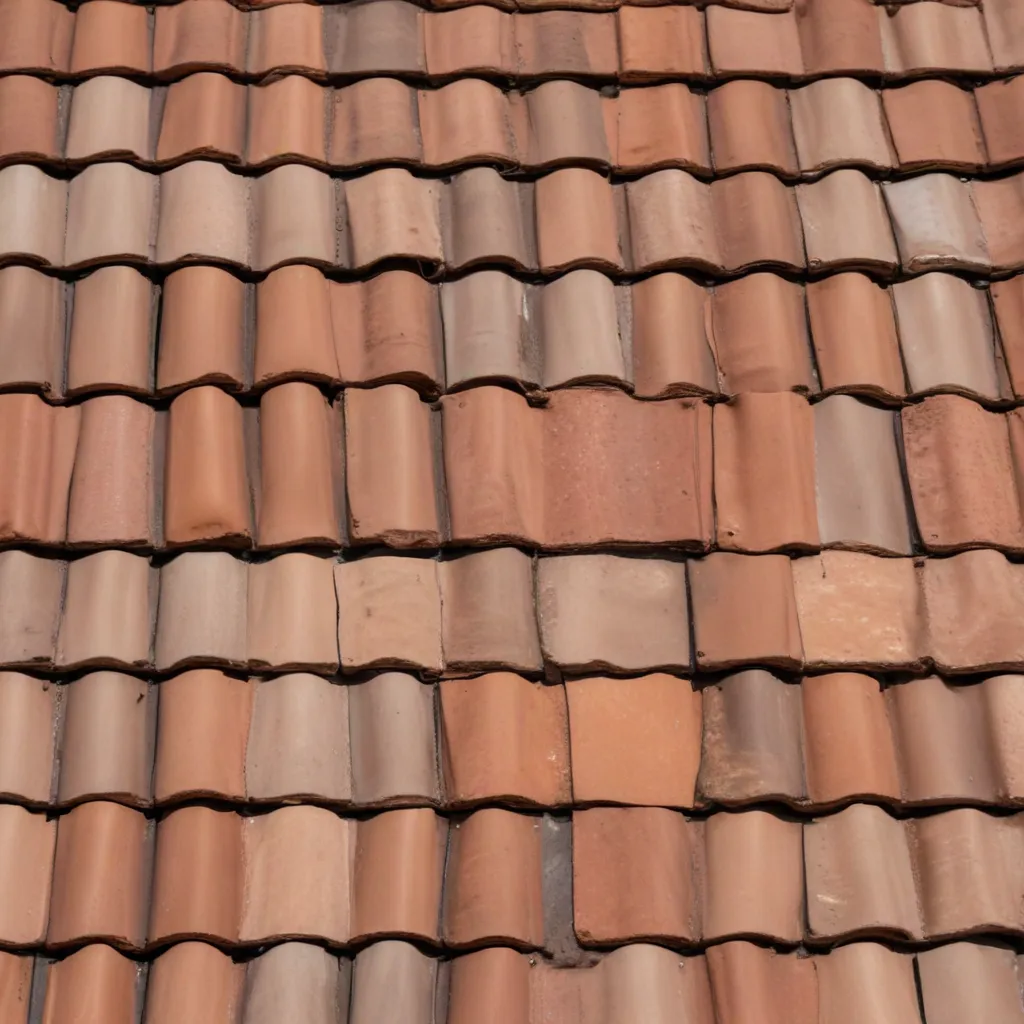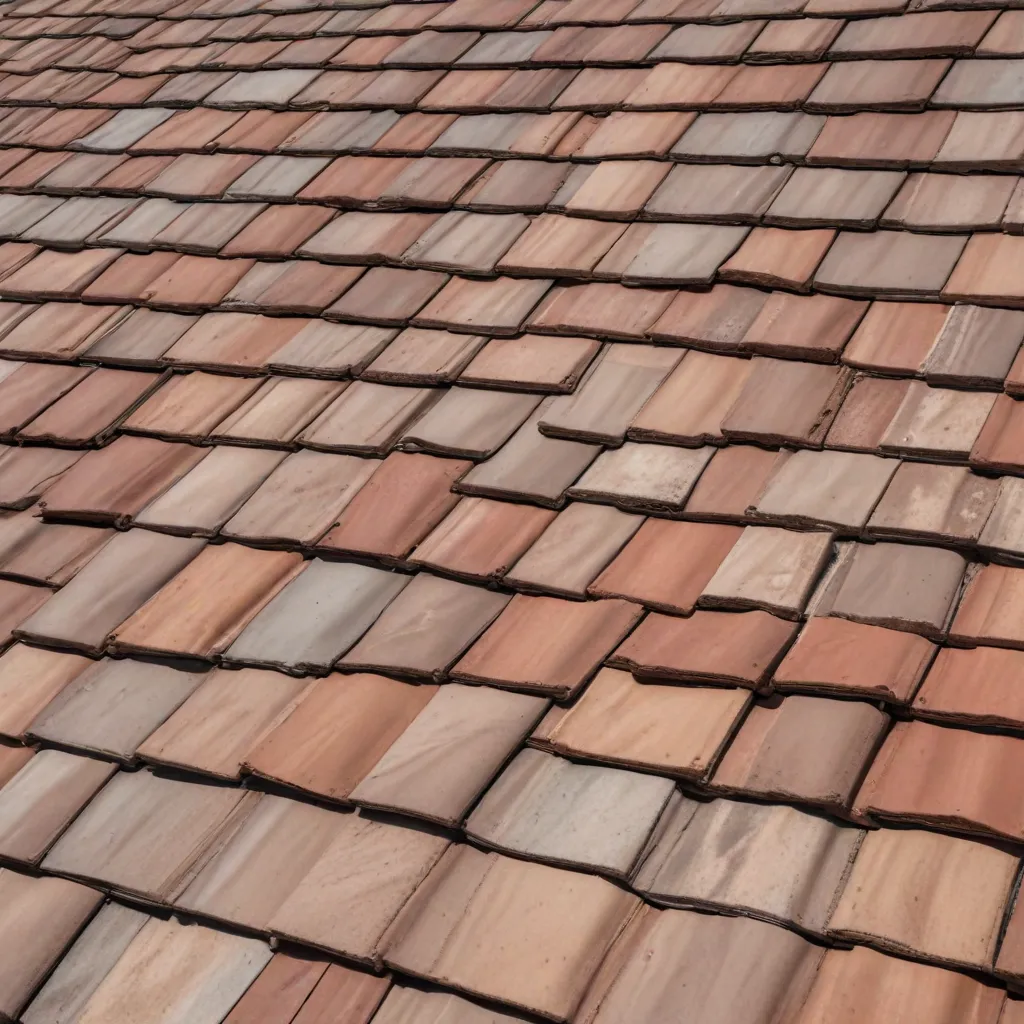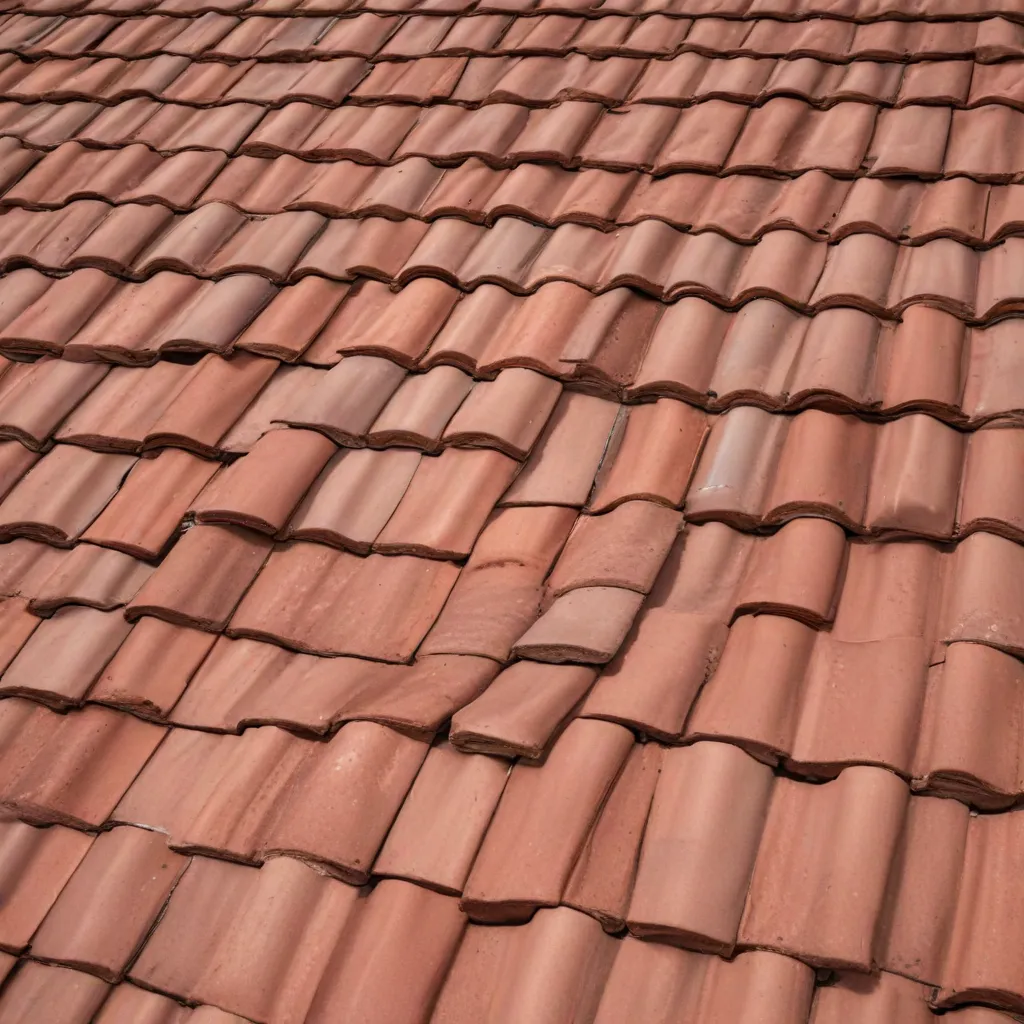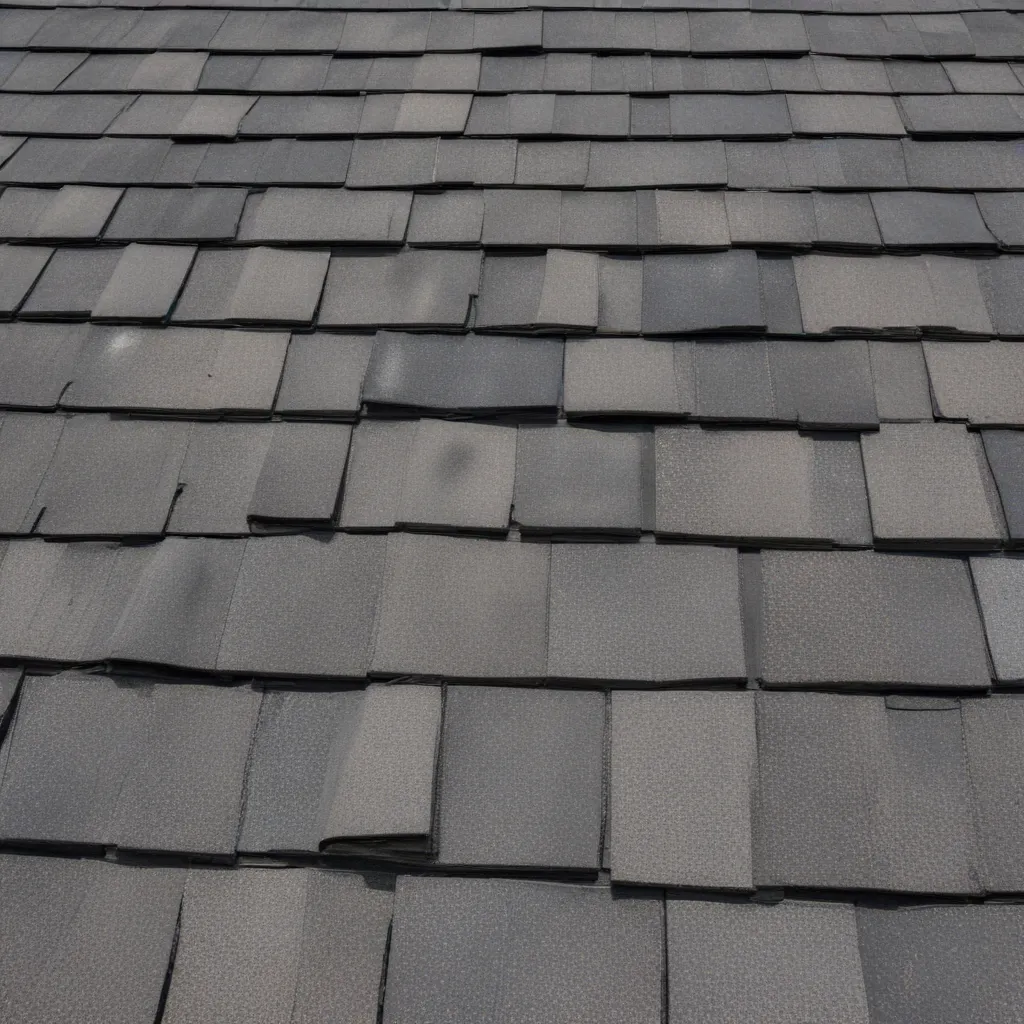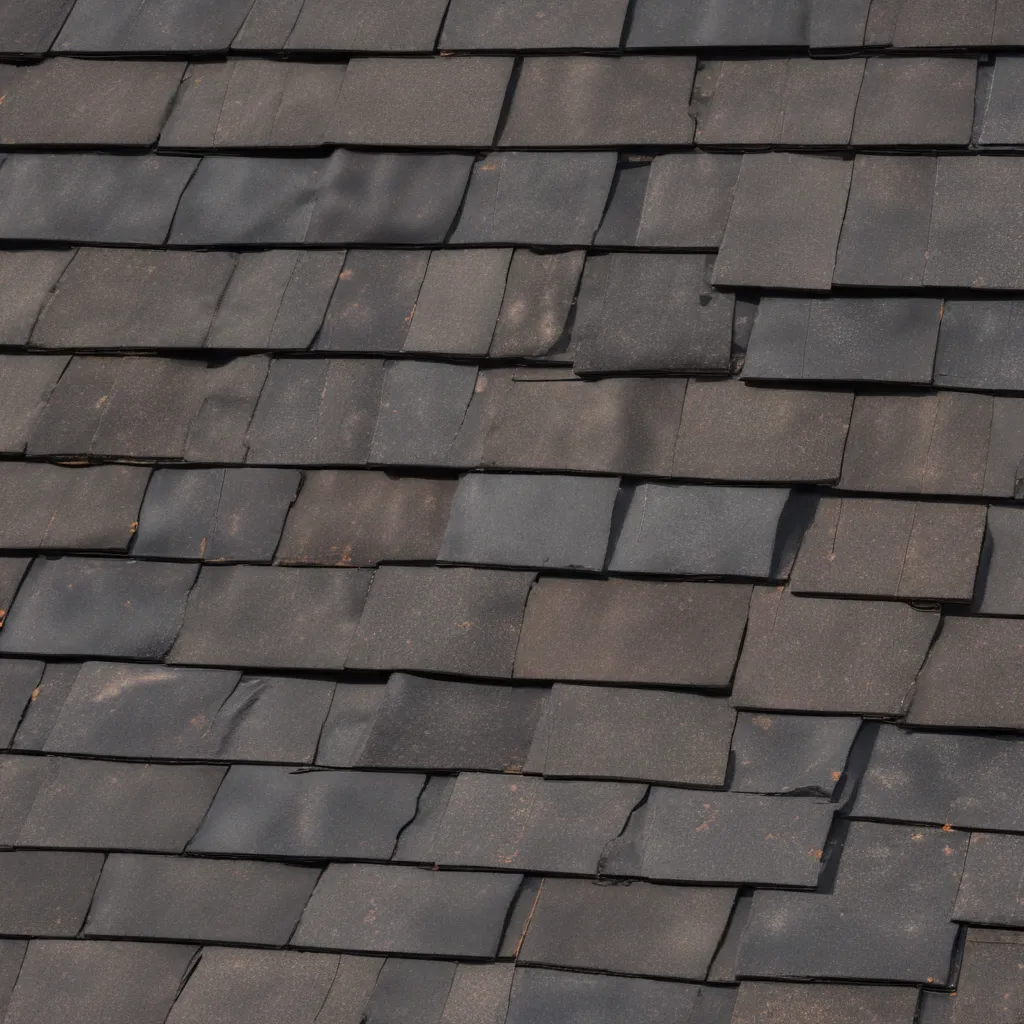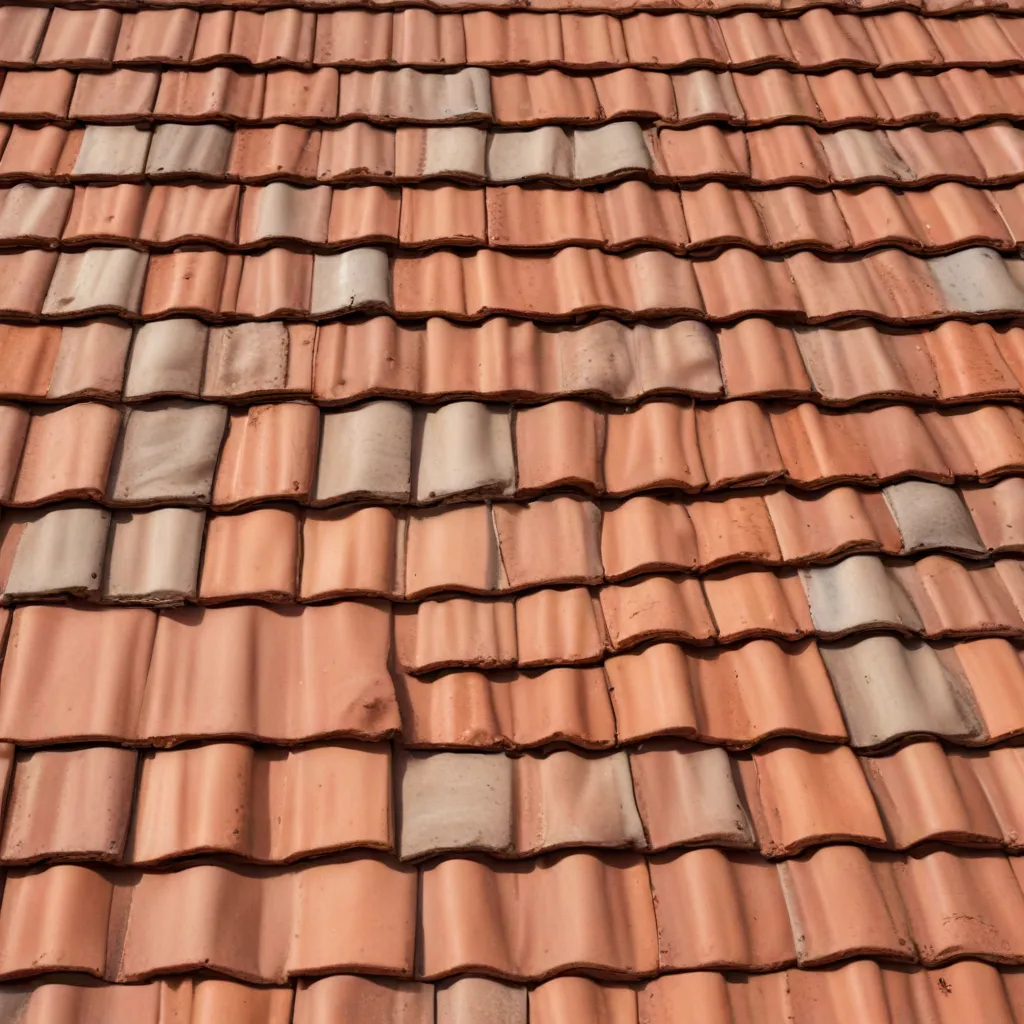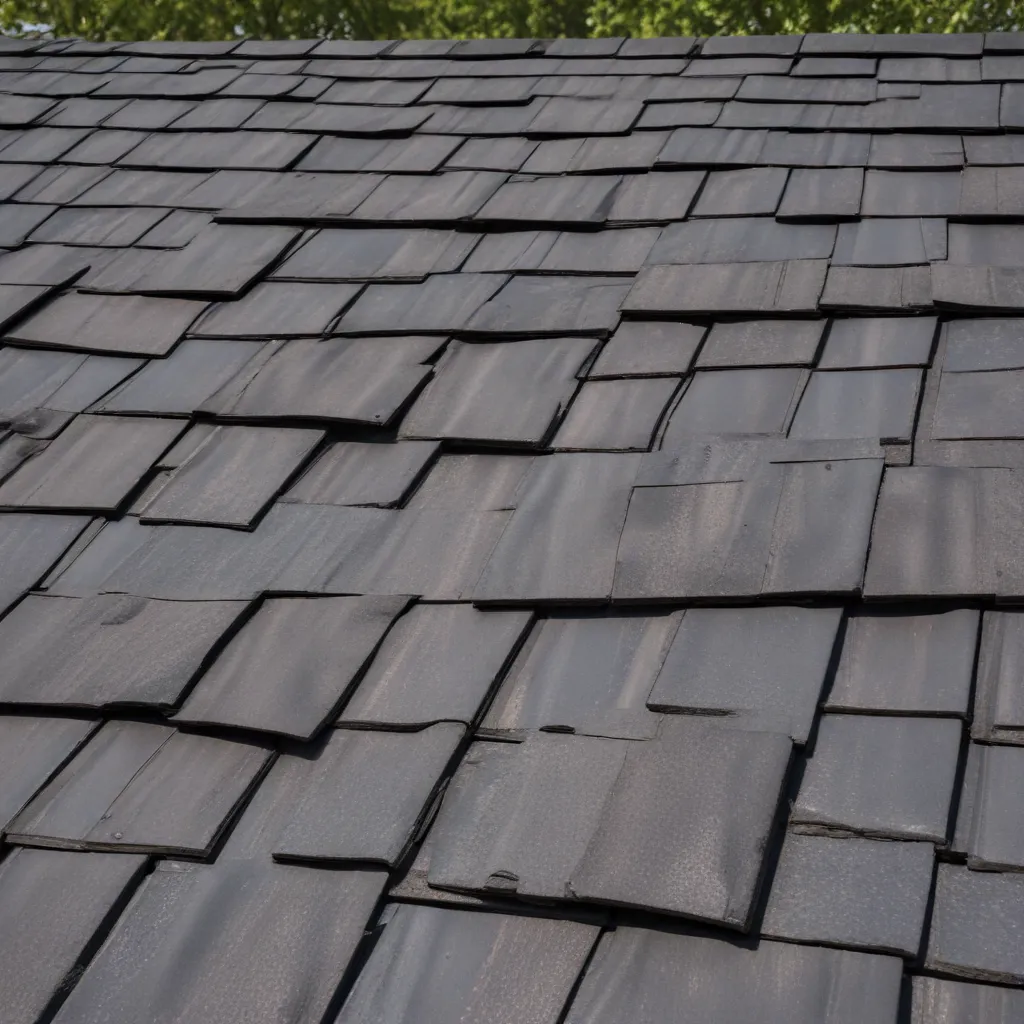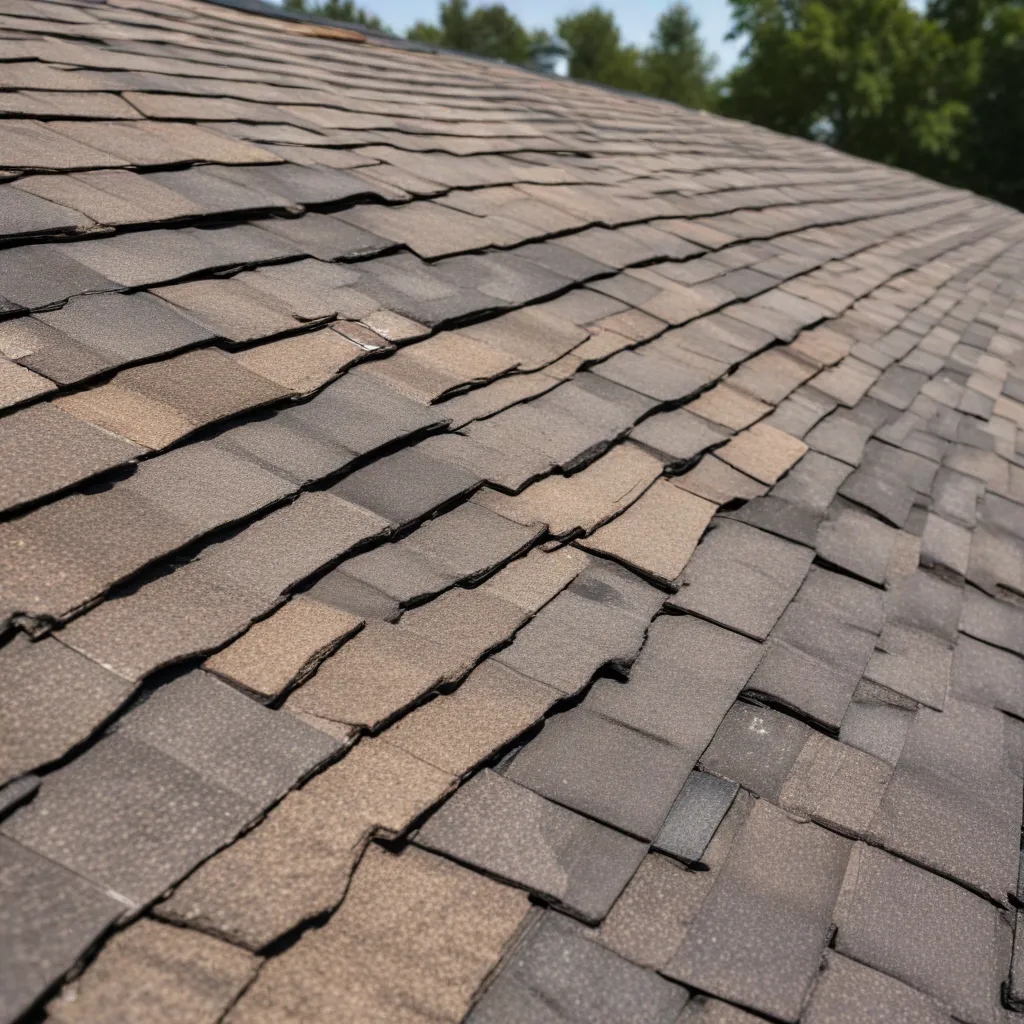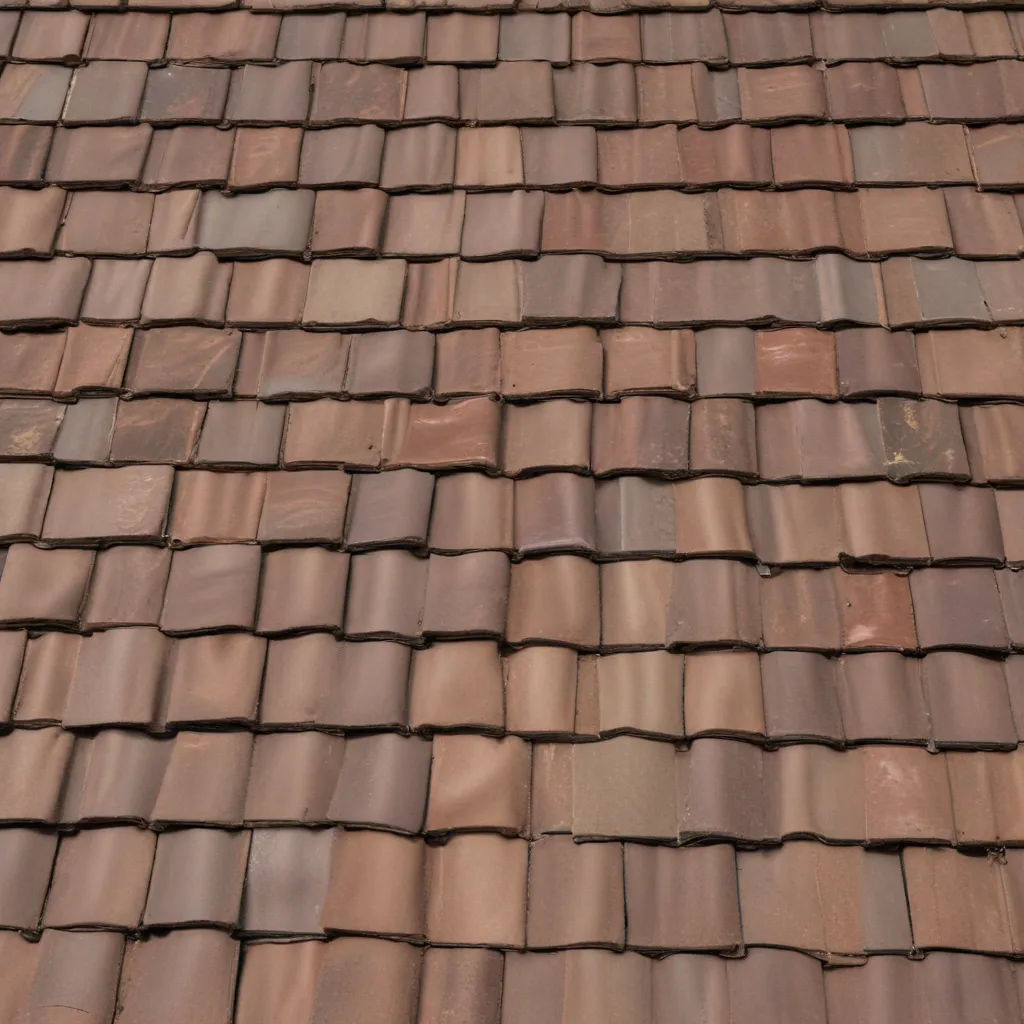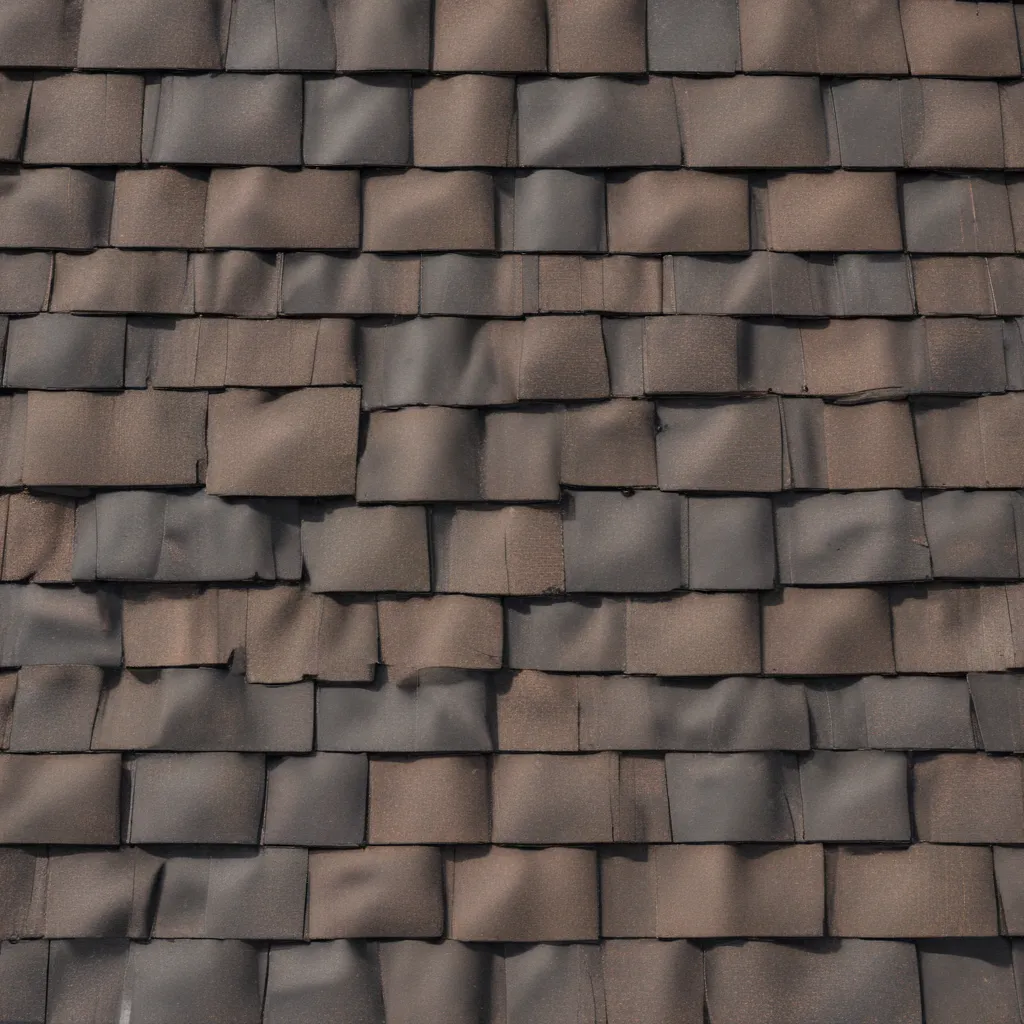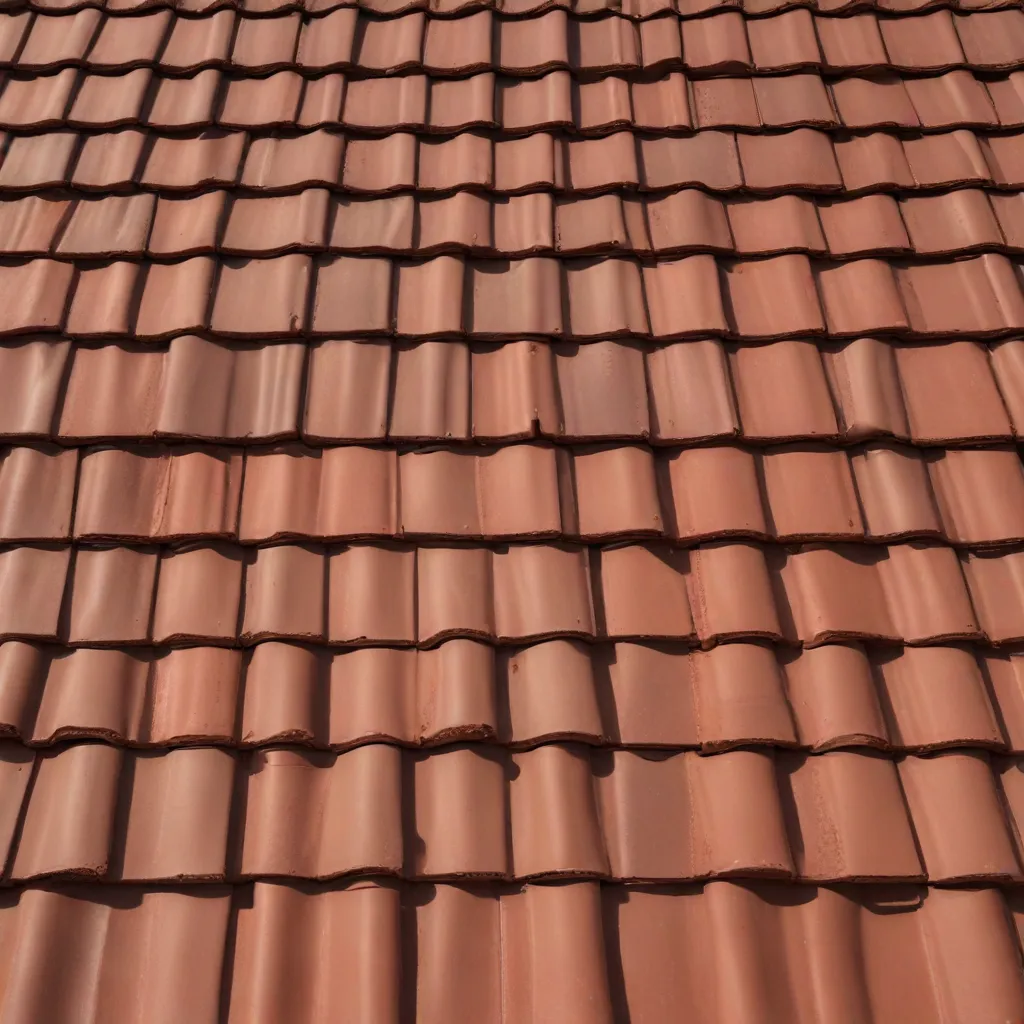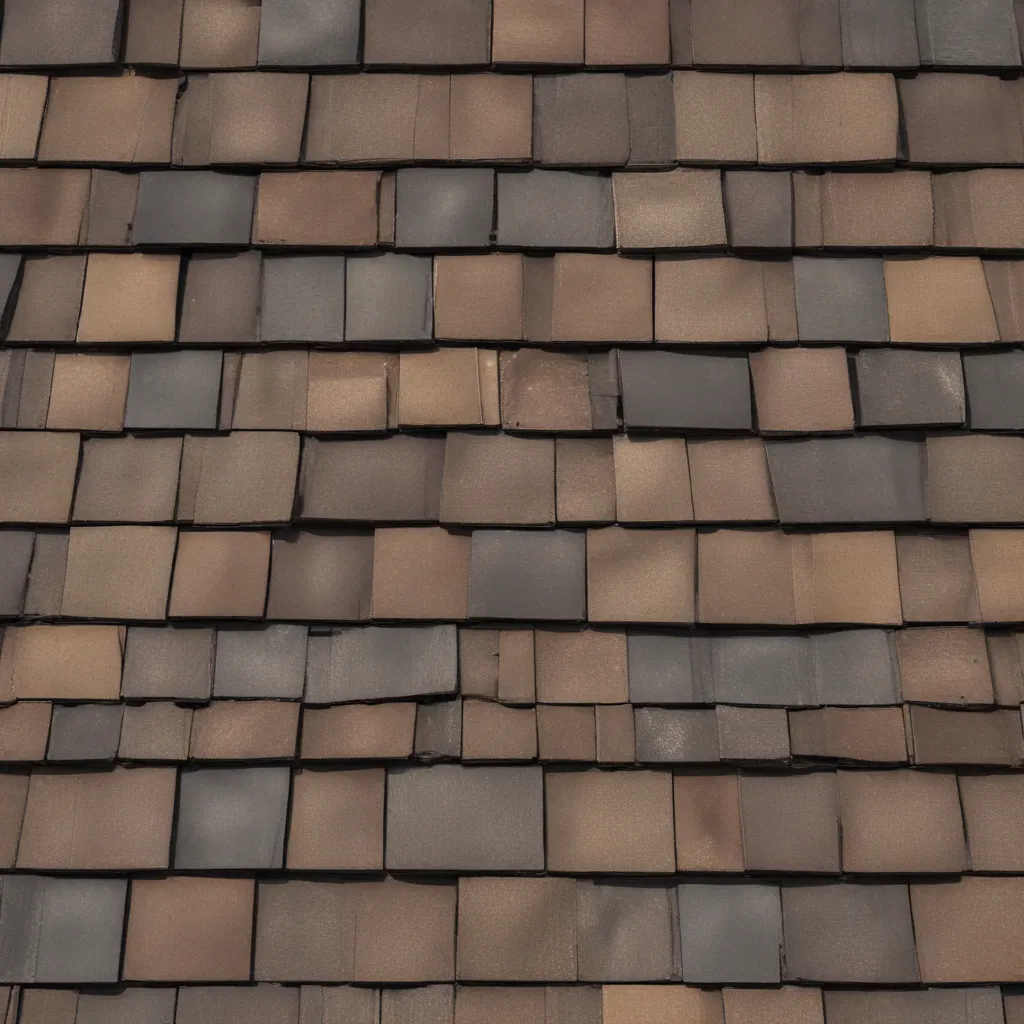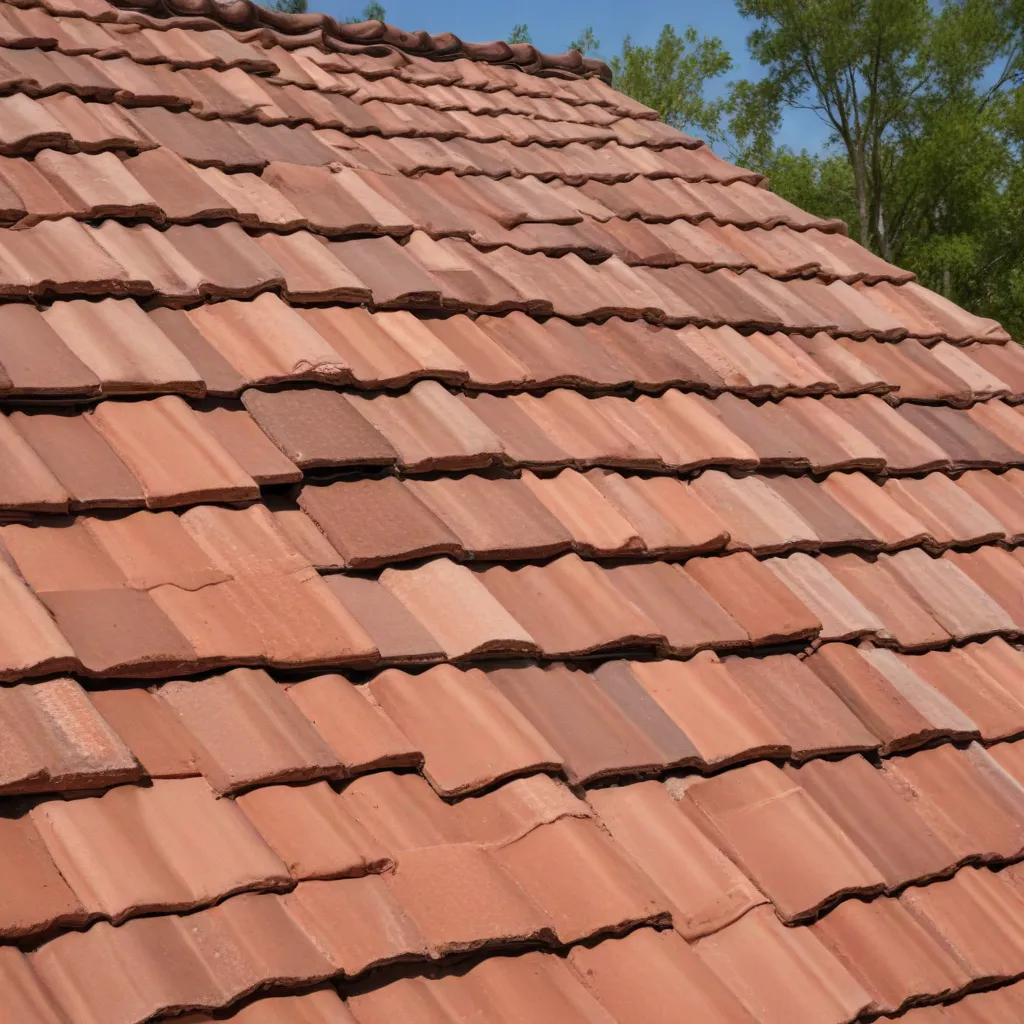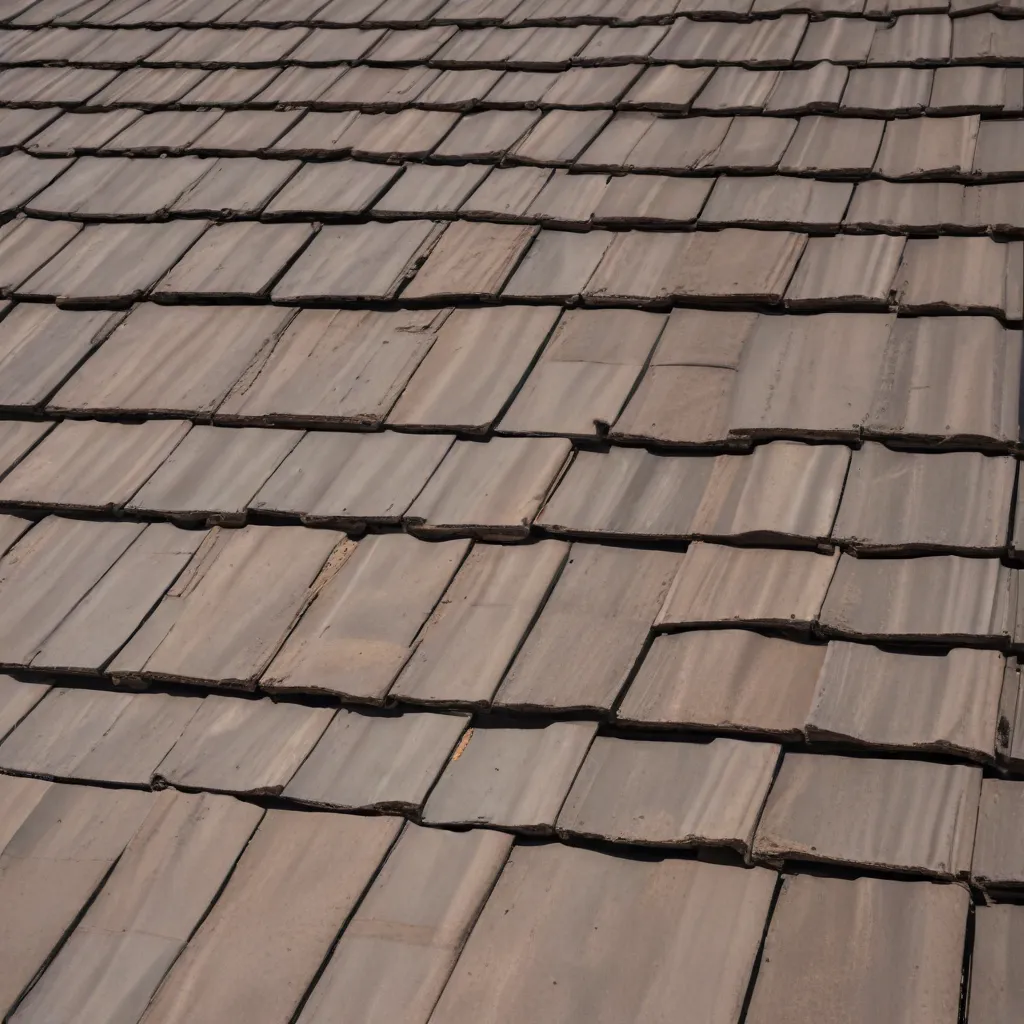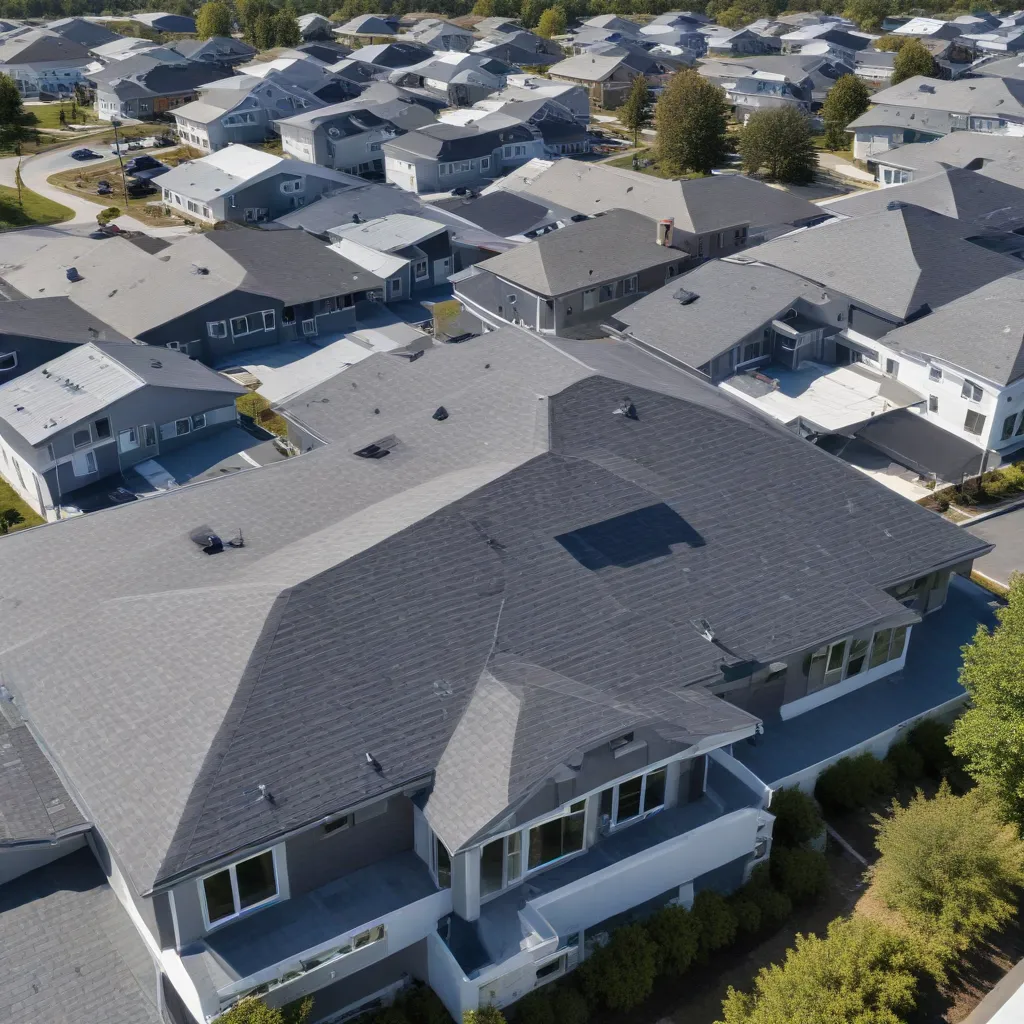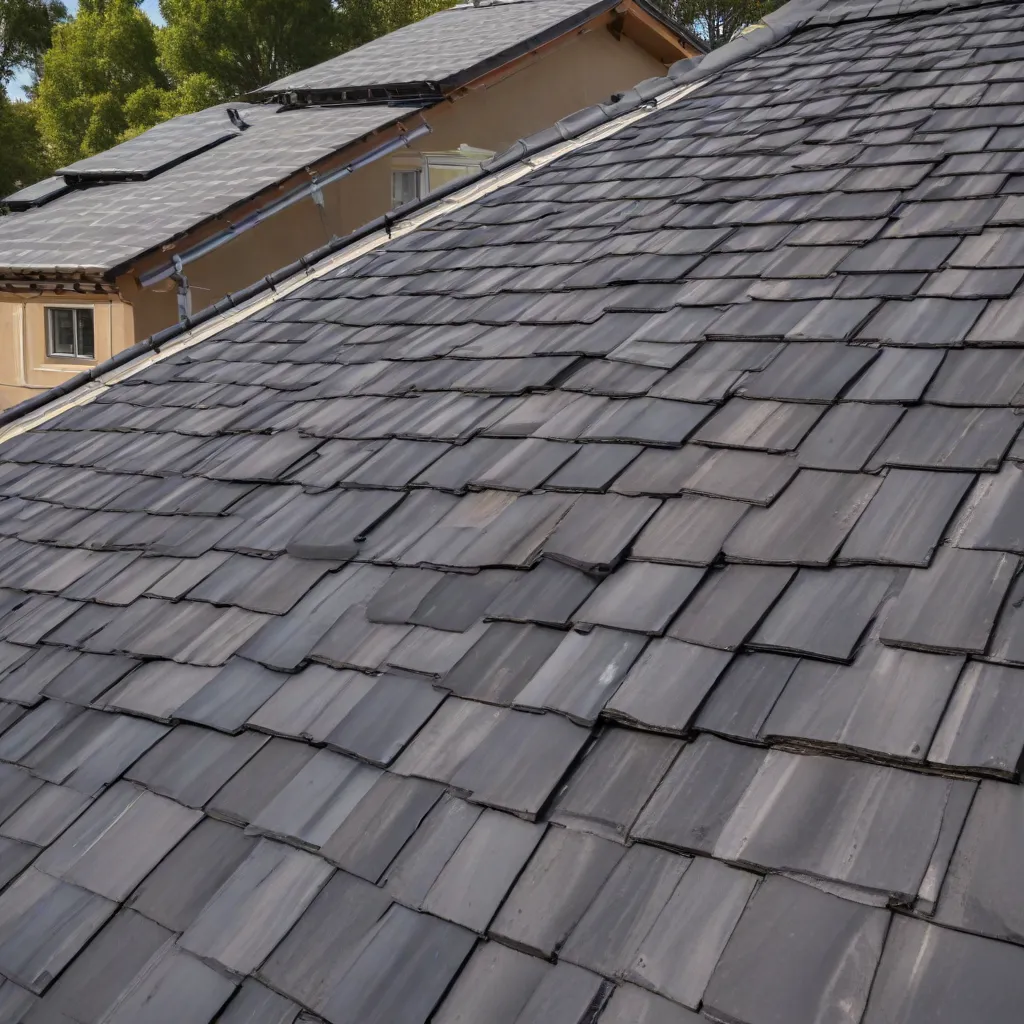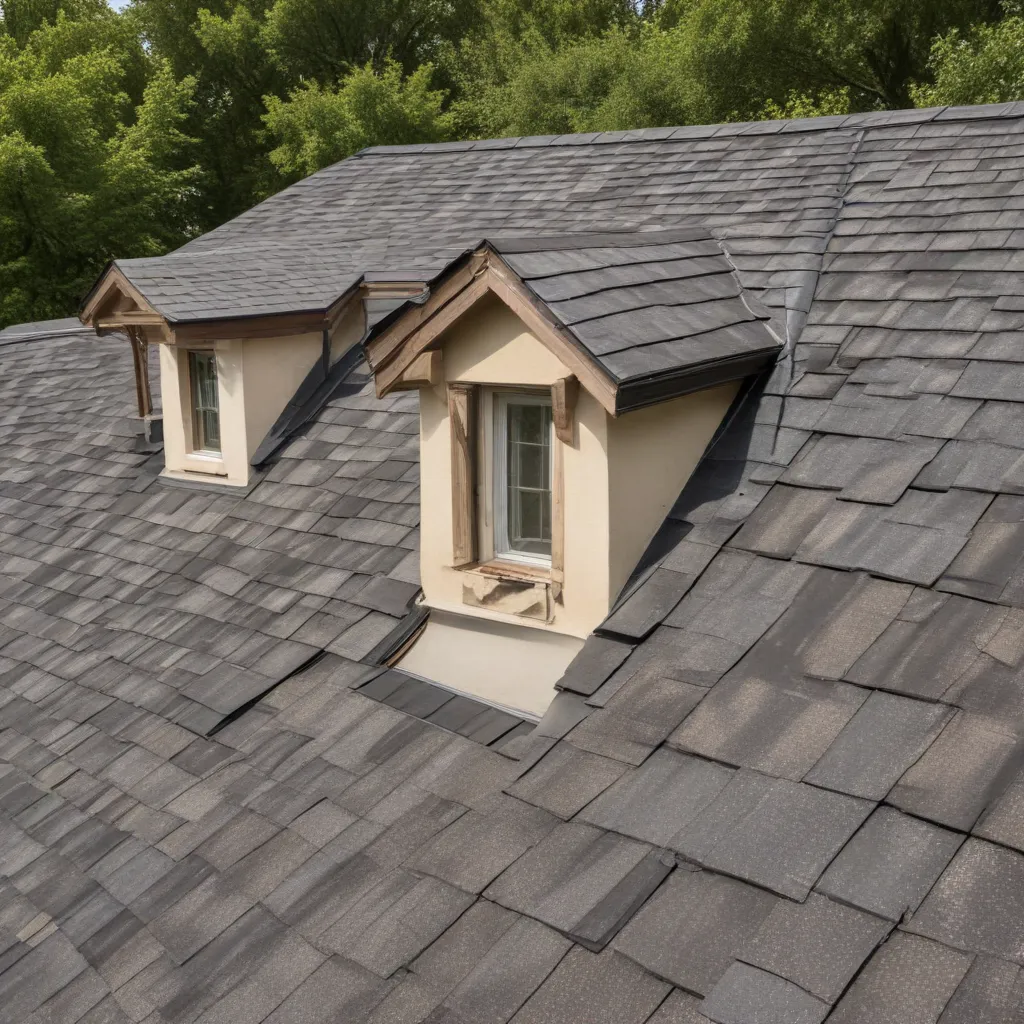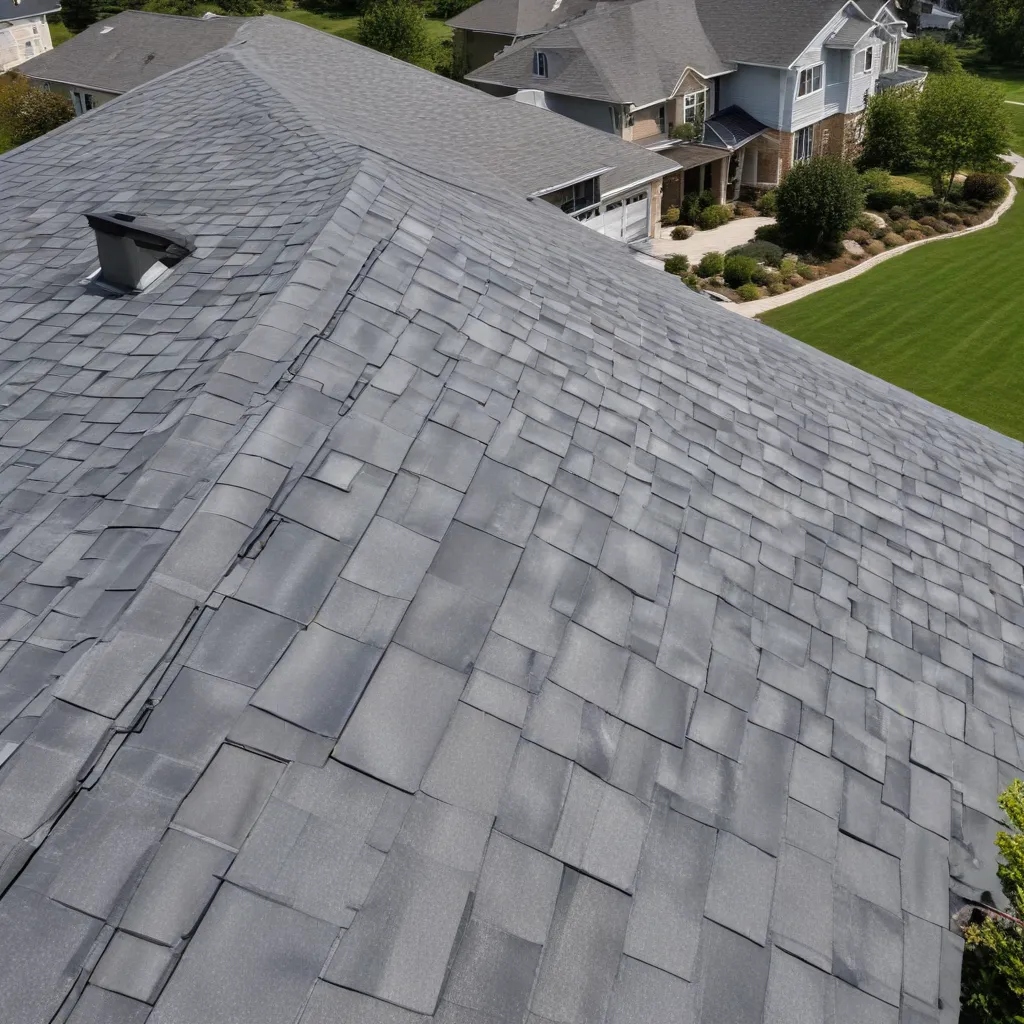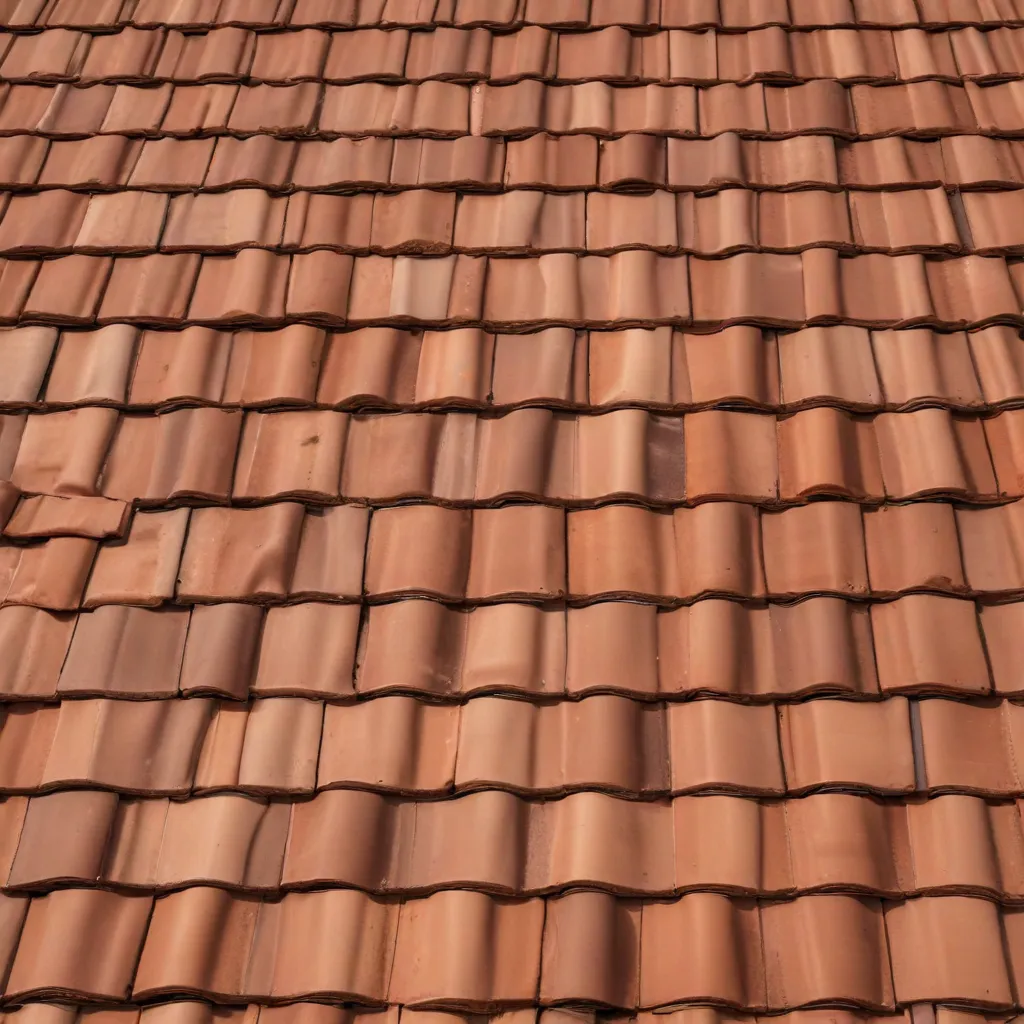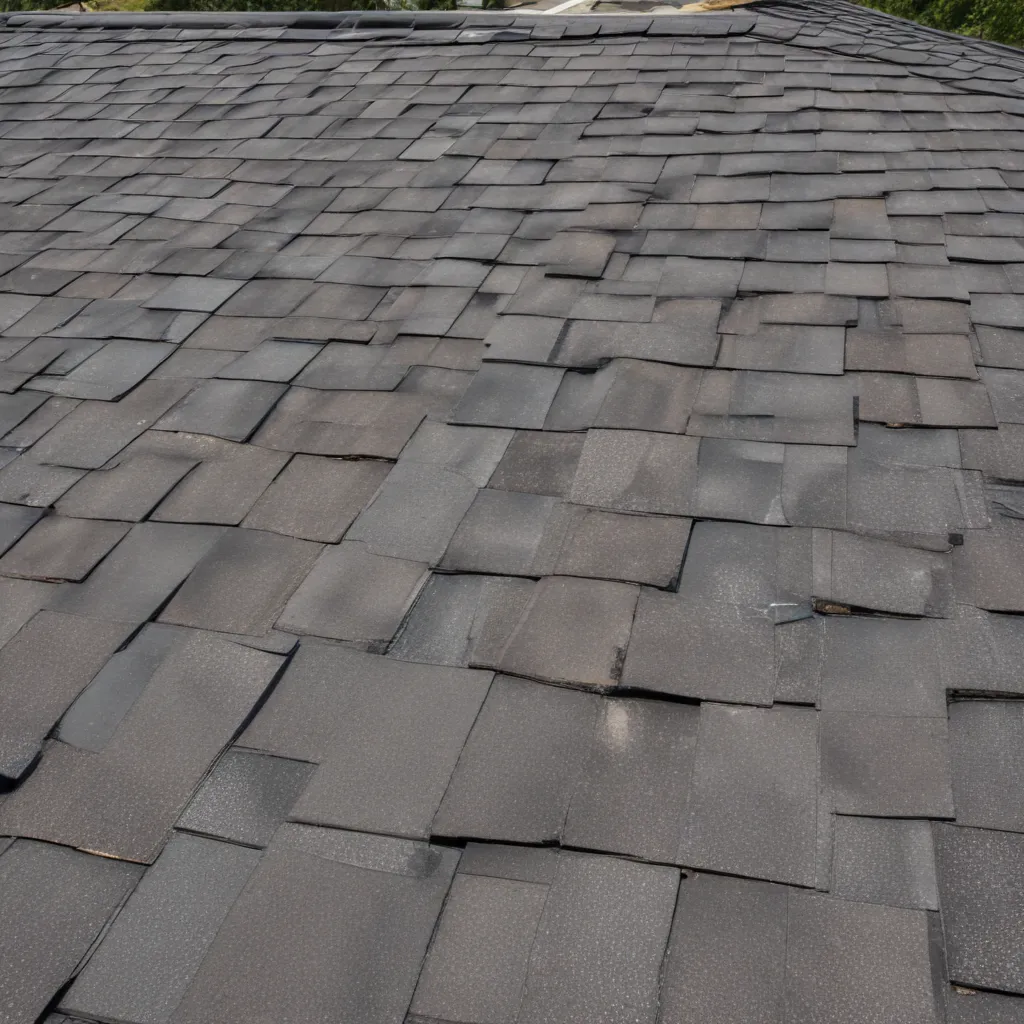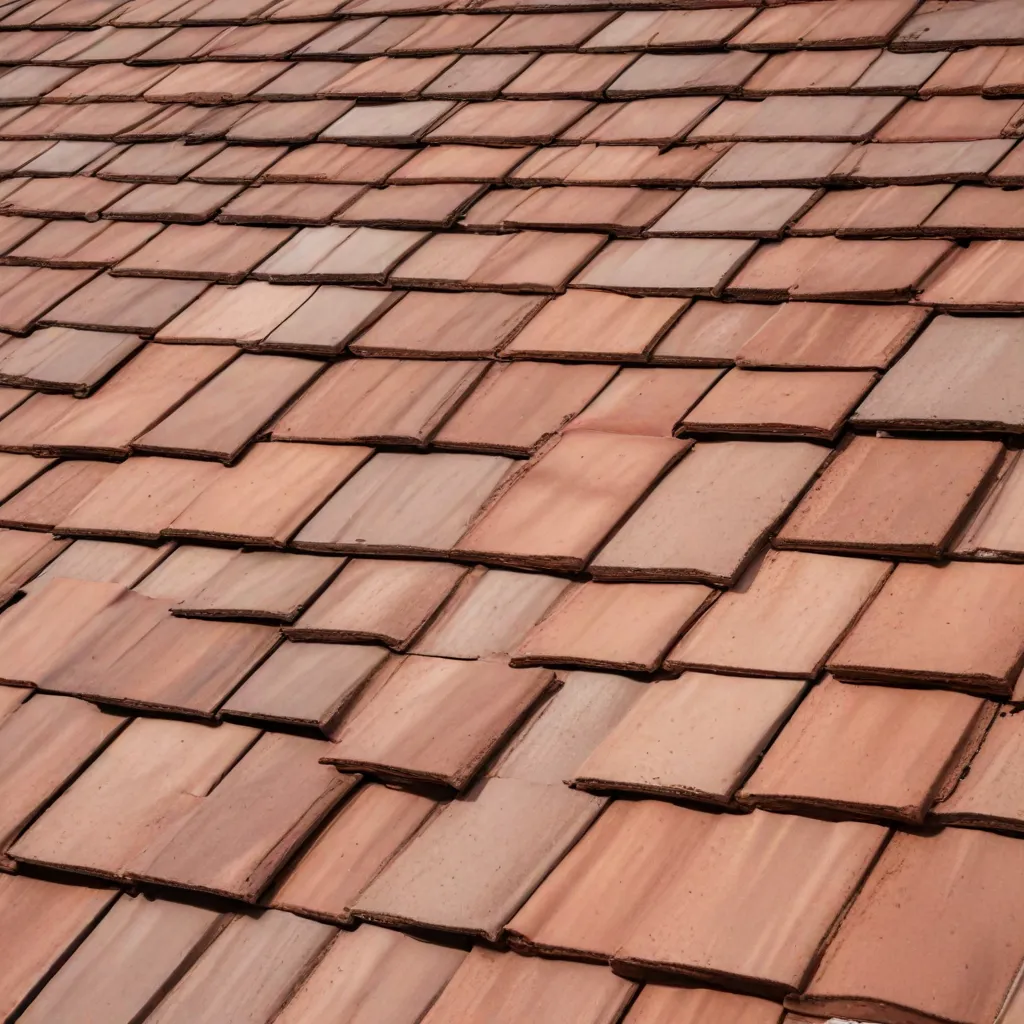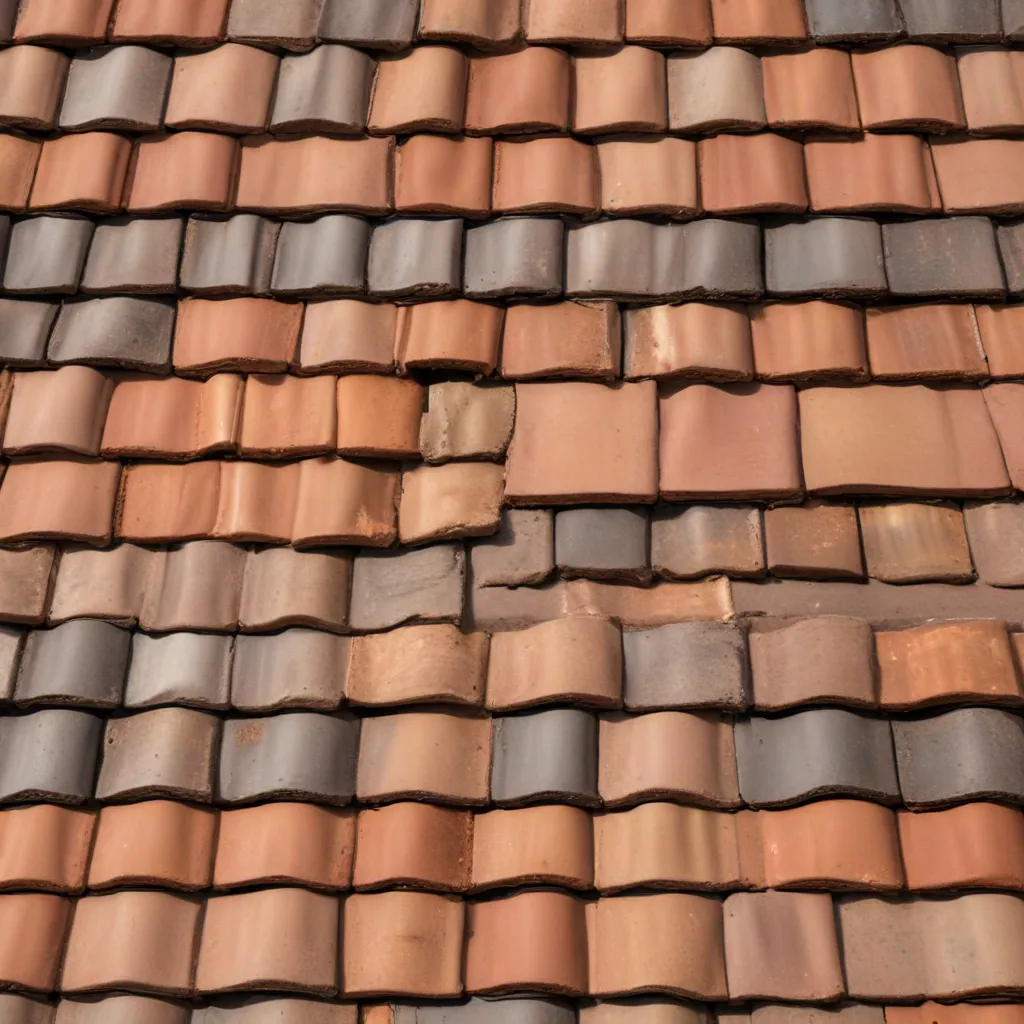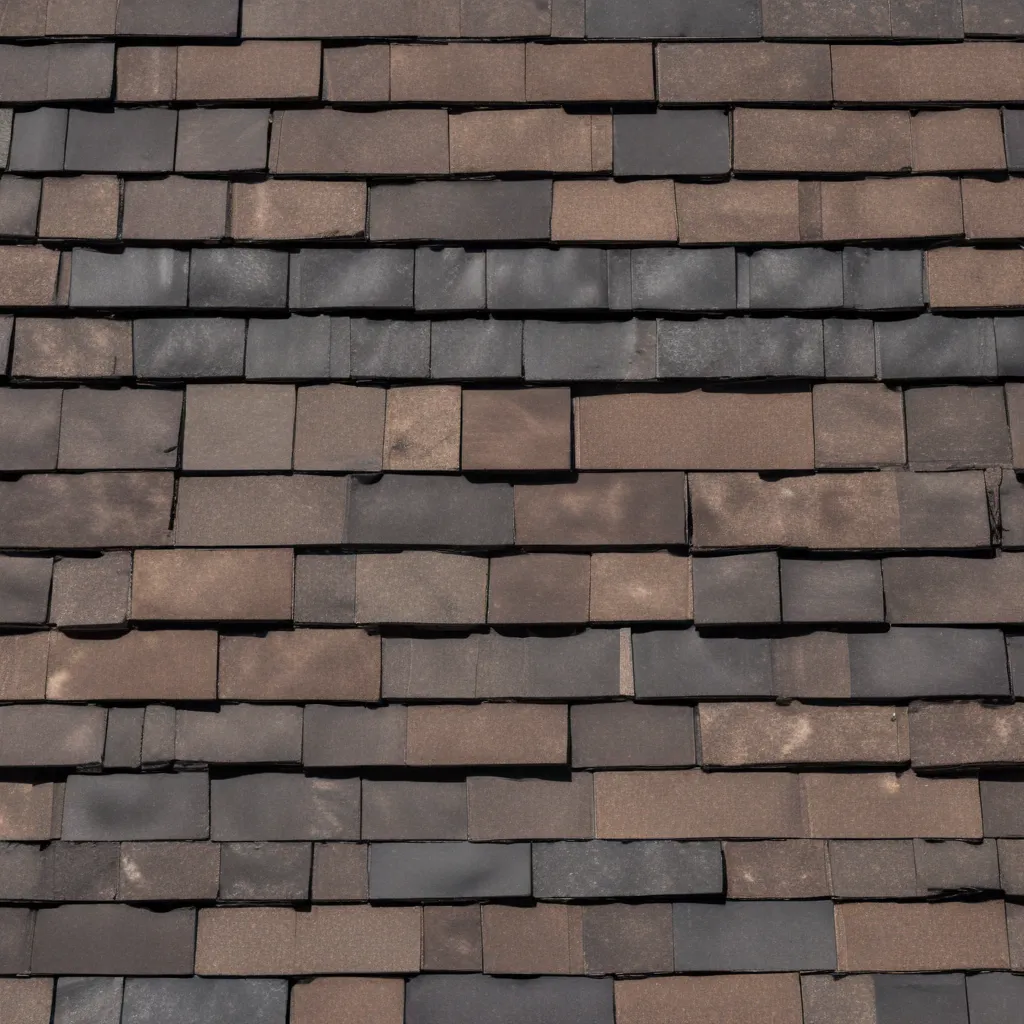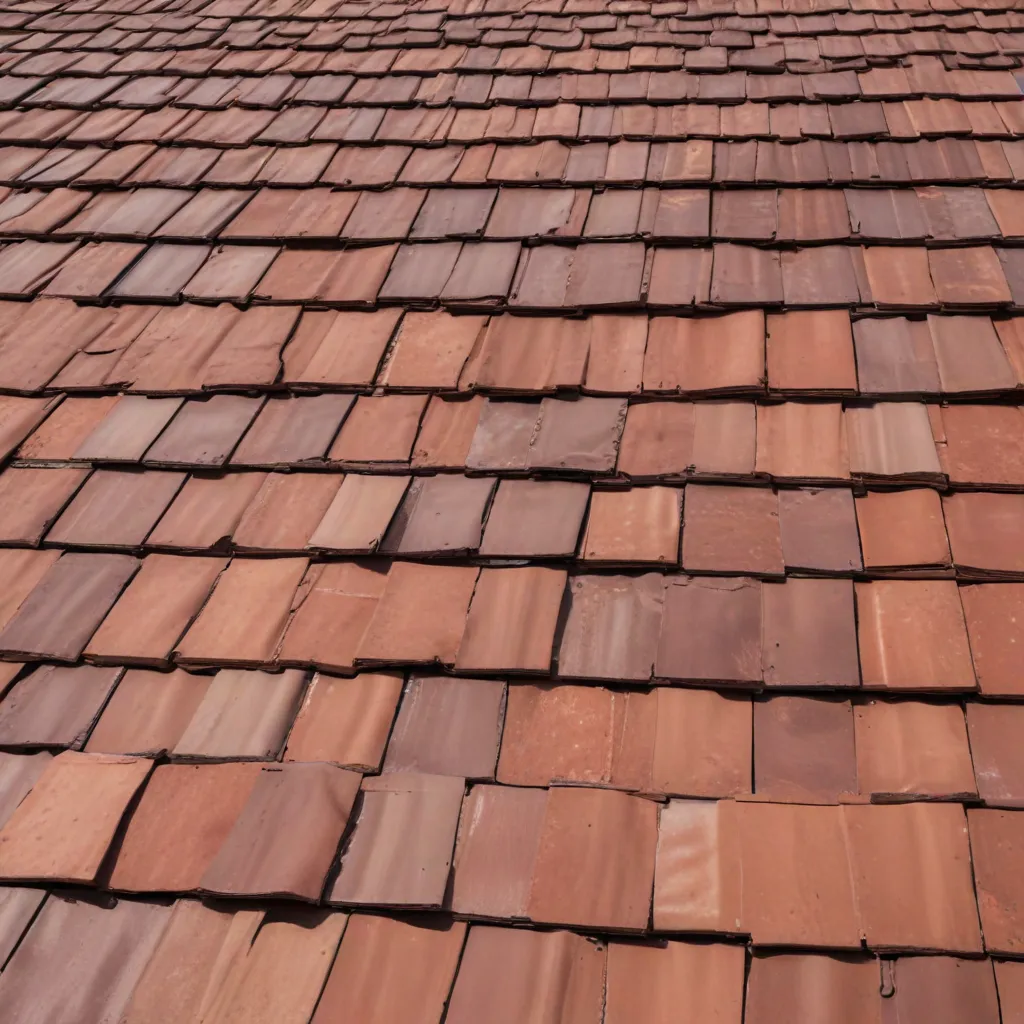As homeowners, it is crucial to stay proactive in maintaining the integrity of our homes. One area that often gets overlooked is the roof. A well-maintained roof not only enhances the aesthetics of our homes but also protects us from the elements. However, hidden dangers can lurk beneath the surface, compromising the structural integrity of our roofs. In this comprehensive guide, we will provide you with a top roof inspection checklist to help you uncover potential issues and ensure the long-term durability of your roof.
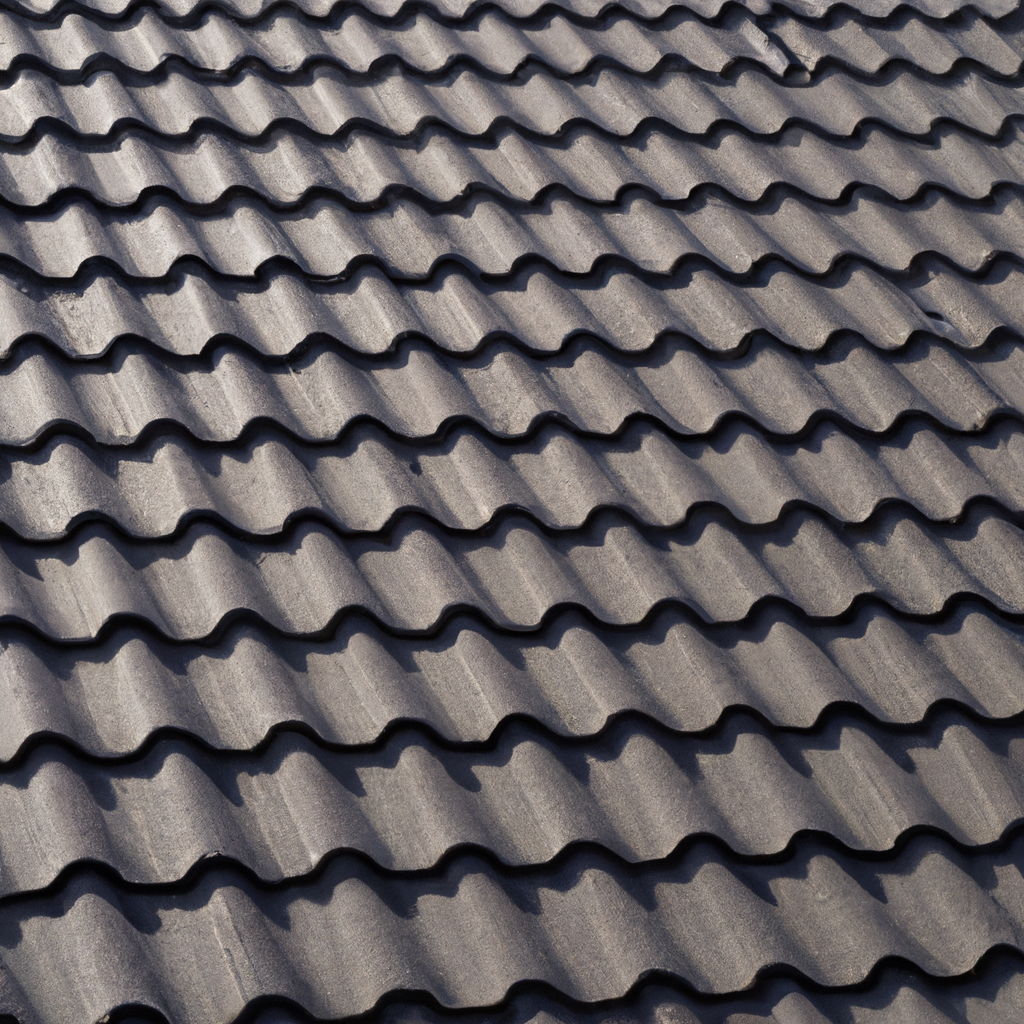
Why Regular Roof Inspections Matter
Before diving into the checklist, let’s understand why regular roof inspections are so important. Over time, roofs are exposed to a wide range of weather conditions, including harsh sunlight, heavy rain, snow, and wind. These elements can gradually deteriorate the materials used in roof construction, leading to leaks, water damage, and even structural issues.
By conducting regular roof inspections, you can identify potential problems early on and address them promptly. This proactive approach can save you from costly repairs down the line and extend the lifespan of your roof.
The Top Roof Inspection Checklist
- Interior Inspection
- Start by examining the interior of your home for any signs of water damage or leaks. Look for water stains on the ceiling, damp spots, or mold growth. These indicators can suggest a roofing issue that needs immediate attention.
- Check the attic for any signs of moisture, such as wet insulation or water stains on the walls. Inspect the rafters, beams, and trusses for signs of rot or damage.
- Exterior Inspection
- Begin the exterior inspection by carefully examining the roof surface. Look for missing, cracked, or curled shingles, as they can allow water to seep through. Pay attention to any areas with noticeable discoloration or signs of wear.
- Inspect the flashing around chimneys, vents, and skylights. Damaged or deteriorated flashing can lead to leaks. Ensure that the flashing is tightly sealed and properly installed.
- Check the gutters and downspouts for debris or blockages. Clogged gutters can cause water to overflow, leading to water damage and potential leaks.
- Assess the condition of the roof’s drainage system. Make sure that water is properly directed away from the foundation of your home.
- Roof Structure
- Evaluate the overall structure of the roof. Look for any sagging or unevenness, as they can indicate structural issues. Pay attention to any signs of rot or decay in the roof decking or support beams.
- Inspect the attic insulation to ensure it is properly installed and not blocking any ventilation. Adequate insulation and ventilation are crucial for maintaining a healthy roof.
- Ventilation and Insulation
- Check the ventilation system to ensure that air is flowing properly. Poor ventilation can lead to excess heat and moisture buildup, accelerating roof deterioration.
- Assess the insulation in your attic. Proper insulation helps regulate temperature and prevents heat loss, reducing the strain on your roof.
- Chimneys, Skylights, and Vents
- Inspect the flashing around chimneys, skylights, and vents. Look for any signs of damage or deterioration. Ensure that the flashing is sealed tightly to prevent water infiltration.
- Examine the condition of chimney bricks or masonry. Look for cracks, loose mortar, or signs of leaning, as these can compromise the stability of the chimney.
- Roof Access
- Safely access the roof and inspect it for any visible damage or wear. Be cautious and use proper safety equipment when accessing the roof.
- Look for any signs of moss, algae, or vegetation growth. These can trap moisture on the roof surface, leading to accelerated deterioration.
- For safe roof access and thorough inspection, consider using access equipment and lifts. National Site Supplies offers various options that can help ensure safety and efficiency during roof inspections.
- Professional Roof Inspection
- While conducting a thorough DIY inspection is essential, it is also advisable to hire a professional roofing contractor for a comprehensive inspection. They have the expertise to identify hidden issues that may not be apparent to an untrained eye.
Conclusion
Regular roof inspections are vital in maintaining the integrity of your home and preventing costly repairs. By following this top roof inspection checklist, you can uncover hidden dangers and address potential issues before they escalate. Remember, early detection is key to preserving the longevity of your roof. Stay proactive, prioritize regular inspections, and consult with professionals when needed. With proper care, your roof will continue to protect you and your home for years to come.

